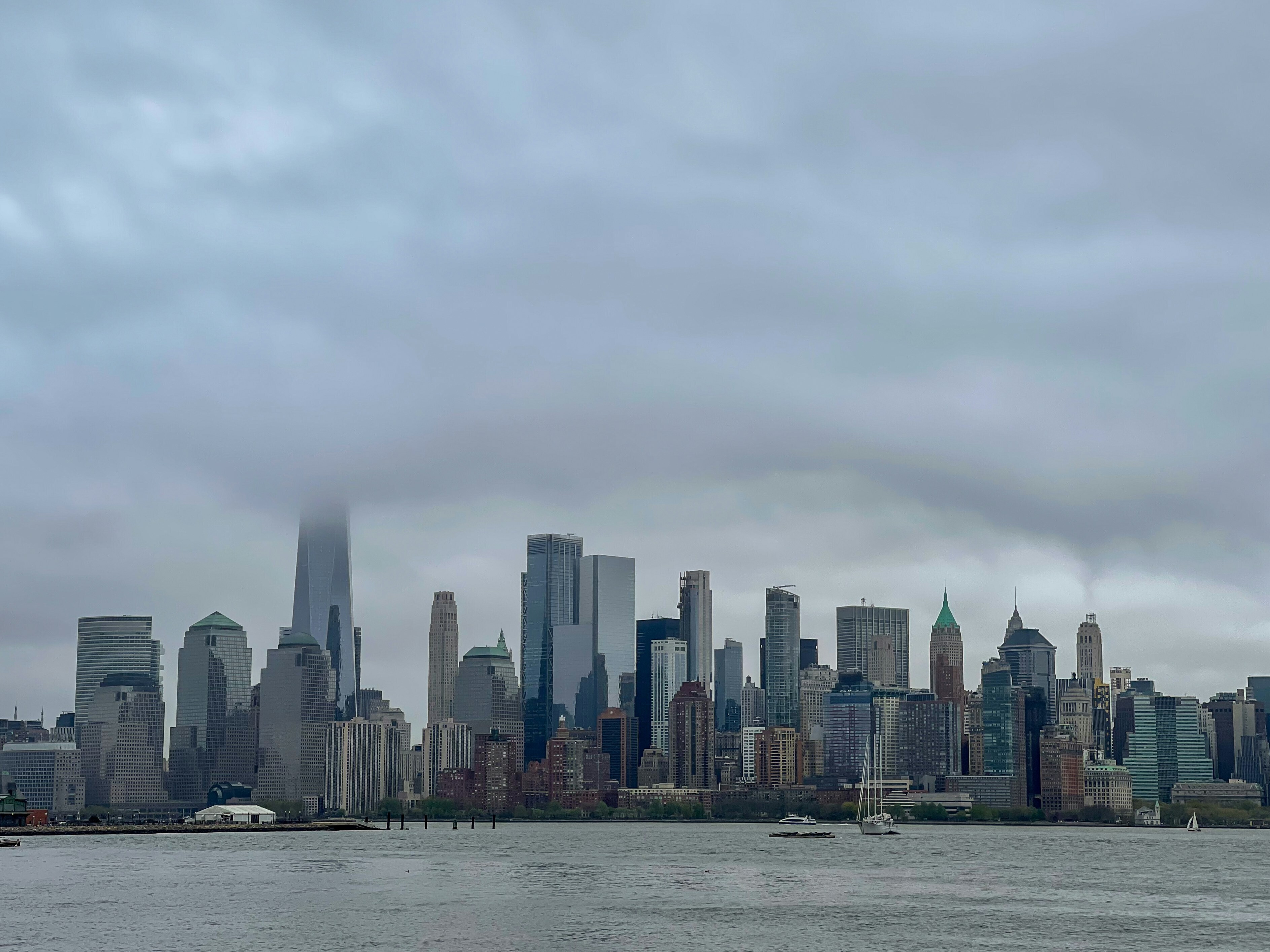Huge areas of the Arctic are on fire – here’s what that means for the planet
The Rainbow 2 fire near Delta Creek, Alaska, 29 June, 2019.
Image: REUTERS/Alaska Division of Forestry
Stay up to date:
Future of the Environment
This article was updated on the 6th of August 2019.
Large tracts of the Arctic are ablaze as wildfires reach unprecedented levels, satellite images show. The massive fires devastate everything in their path, polluting the atmosphere and forcing thousands of people from their homes.
Arctic wildfires emitted as much carbon dioxide in June as Sweden produces in an entire year, according to the EU Copernicus Atmospheric Monitoring Service (CAMS). Around 50 megatonnes of CO2 have been released, more than Arctic wildfires produced in the previous eight Junes put together.
In a six-week period, over 100 intense and long-lived wildfires have hit the Arctic Circle, some large enough to cover an area equivalent to 100,000 soccer pitches.
Fanning the flames
Although wildfires are common in the northern hemisphere between May and October, this year they are encroaching further north. The blazes have increased in intensity and are burning longer than in previous years.
“It is unusual to see fires of this scale and duration at such high latitudes in June,” says CAMS senior scientist Mark Parrington. “But temperatures in the Arctic have been increasing at a much faster rate than the global average, and warmer conditions encourage fires to grow and persist once they have been ignited.”
In Alaska, summer temperatures reached 32°C, against an average of around 18°C. In the parts of Siberia prone to wildfires, June temperatures were almost 10 degrees higher than the 1981-2010 long-term average.
What’s the World Economic Forum doing about climate change?
A state of emergency has been declared by the Russian government in five regions of Siberia after wildfires intensified, sweeping through large areas of remote forest. Smoke from the flames has engulfed some urban areas, including Novosibirsk, one of Russia's largest cities, obscuring sunlight and polluting the air.
Globally, the past four years have been the hottest ever recorded, according to NASA figures.
Playing with fire
Global warming means rising temperatures are drying out Arctic forests and making them more susceptible to fires. Intense heat incinerates trees, vegetation and any woodland creatures unable to escape the flames, while allowing the carbon stored in branches and tree trunks to escape.
Fires also pose a risk of permafrost melting and drying, exposing the carbon-rich peat underneath to combustion, thereby releasing more greenhouse gases.
There is also a danger of soot from the fires landing on snow and ice, causing the ice to absorb heat instead of reflecting it, increasing temperatures further.
As a relatively untouched part of the globe, the Arctic is sensitive to environmental change and is warming faster than most other regions.
The World Economic Forum’s Global Risks Report 2019 places failure to mitigate climate change as the second greatest threat facing the world.
What is happening in the Arctic is a powerful reminder of the challenge that climate change poses. But the region also provides scientists and climatologists with a wealth of valuable information to assist them in the fight against global warming.
Don't miss any update on this topic
Create a free account and access your personalized content collection with our latest publications and analyses.
License and Republishing
World Economic Forum articles may be republished in accordance with the Creative Commons Attribution-NonCommercial-NoDerivatives 4.0 International Public License, and in accordance with our Terms of Use.
The views expressed in this article are those of the author alone and not the World Economic Forum.
Related topics:
Forum Stories newsletter
Bringing you weekly curated insights and analysis on the global issues that matter.
More on Climate ActionSee all
Cornelius Pieper and Nicky Collins
September 15, 2025
Lindsey Hall
September 15, 2025
Joe Myers
September 12, 2025
Emilian Axinia
September 11, 2025






